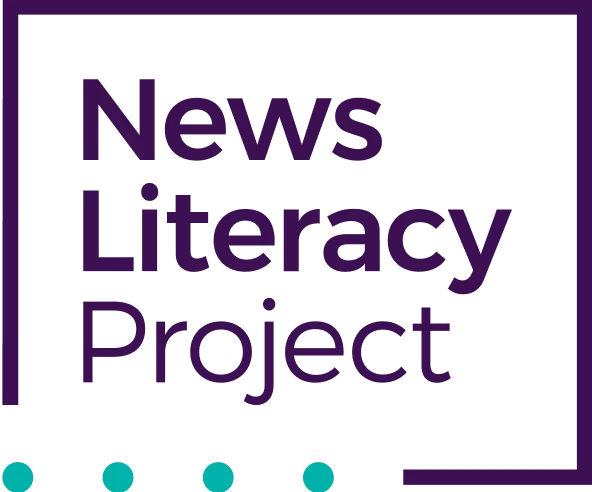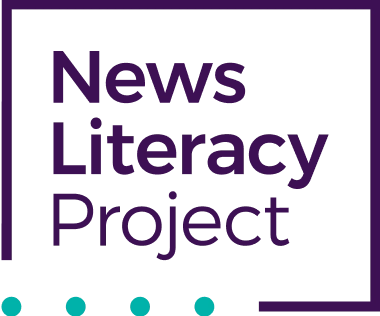Classroom Connection: Coronavirus misinformation already pandemic
As rapidly as the coronavirus has spread in recent weeks, viral misinformation about the disease has far outpaced it, reaching millions of people on every continent in far less time. Dozens of photos and videos — of masked medical personnel; of people collapsing, being loaded into ambulances, lying in the street, and waiting in quarantine — have rocketed across social media along with dangerous “cures,” conspiracy theories, more conspiracy theories, school hoaxes, false figures for cases and deaths, faked video of “infected” blood, and disinformation from Chinese government sources.
In short, while the outbreak has yet (as of Feb. 2) to be classified as a pandemic, the misinformation about the new strain of coronavirus has achieved that status many times over.
Coronavirus misinformation as case study
As worrisome as this is, coronavirus misinformation patterns can also be used as a case study with students. Just as epidemiologists can glean valuable insights from outbreaks of disease, students can analyze the plethora of coronavirus rumors to refine their understanding of why and how falsehoods spread.
The two phenomena share some factors. As New York University journalism professor Charles Seife points out in the opening chapter of his 2014 book Virtual Unreality, the three epidemiological factors that determine how a disease spreads — transmissibility, persistence and interconnectedness — can also be used to explain the ways misinformation spreads online. Digital information is highly transmissible (easy to replicate) and highly persistent (easy to store and search) — and circulates in the most interconnected information environment the world has ever known.
But coronavirus rumors and other types of alarming medical misinformation have a specific potential for virality because they tap into extremely strong emotions. Rumors about infectious diseases incite fear, causing people to react emotionally and share those rumors with loved ones out of a strong desire to protect them. Medical information is also highly specialized, which increases the likelihood that people — perhaps especially conspiracy theorists — will misunderstand information they’ve dug up themselves (such as the results of a mock pandemic exercise, or old patents for a different strain of the coronavirus).
Finally, while photos and video related to many topics are easy to persuasively present in false contexts, images and footage of people suffering from medical conditions are among the easiest to shift to new (and false) contexts.
Please note
Two other recent events generated a surge of out-of-context photos and video for the same reason: the killing of Iranian general Qassem Soleimani sparked a wave of false military strike visuals, and the recent wildfires in Australia prompted years-old photos of other wildfires to circulate.
For the classroom
What does it mean for a rumor to “go viral”? How is the outbreak of a disease similar to the spread of viral misinformation? What can the steps taken by medical professionals to control the spread of disease teach us about controlling the spread of misinformation?
Related reading
- “Panic and fear might be limiting human reasoning and fueling hoaxes about coronavirus” (Cristina Tardáguila, Poynter).
- “A Site Tied To Steve Bannon Is Writing Fake News About The Coronavirus” (Jane Lytvynenko, BuzzFeed News).
- “How tech companies are scrambling to deal with coronavirus hoaxes” (Shirin Ghaffary and Rebecca Heilweil, Vox).





